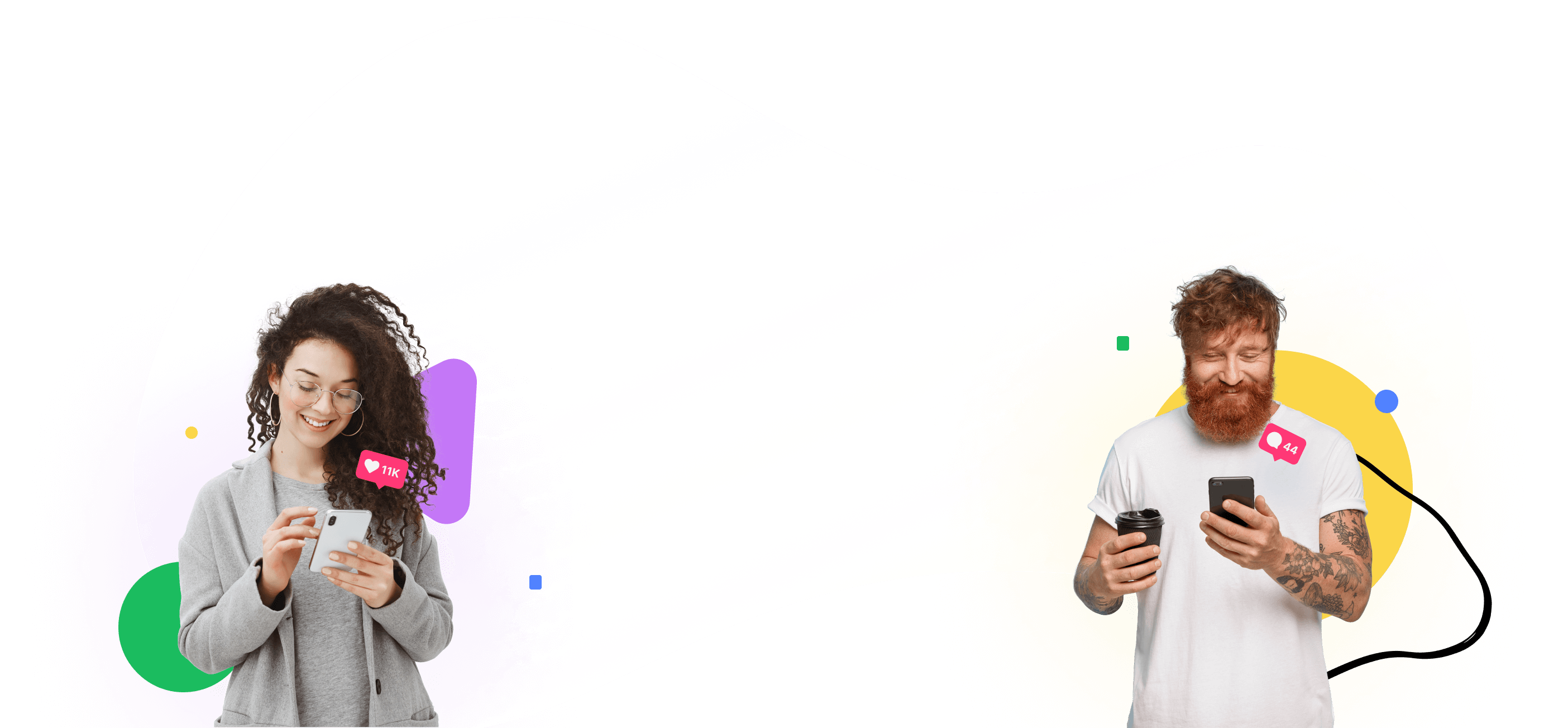
In today’s marketing environment, it is becoming increasingly difficult to gain a potential subscribers trust and attention and get them to join your email list.
A few years ago, all you had to do was give something away (a lead magnet) and voila, a person would subscribe. It is not as simple anymore.
People are getting bombarded with email marketing and sales pitches because businesses see the value in this channel. Consider the following:
- Email marketing has the highest ROI for marketers than any other marketing channel;
- Email marketing is 40x more effective than social media marketing;
- The average value of an email purchase is 17% higher than social alone (Petersen, Sumo, 2017).
Despite the challenges of getting subscribers, there are things you can do to grow your list. It begins by understanding that growing your list is transactional, i.e. it is a sales process.
A Sale is Made on Every Contact
I am reminded of a scene from one of my favorite movies, The Boiler Room. In the movie, Ben Affleck (playing Jim Young), has the following interaction with a number of young recruits to his investment firm:
“And there is no such thing as a no sale call. A sale is made on every call you make. Either you sell the client some stock or he sells you a reason he can't. Either way a sale is made, the only question is who is gonna close? You or him? Now be relentless, that's it, I'm done.”
And so is the story of email marketing…
Either you close the sale and convince someone to join an email list, or they convince themselves why they won’t. Either way, a sale is made.
So the question is, who's going to close; you or them?
Luckily, there are a litany of tactics you can use to close the sale. It begins by understanding that, when dealing with consumer psychology, there are no absolutes; nothing works 100% of the time. It is about testing different options. What follows are three of the literally countless options available to you.
Three Psychological Methods to Get Subscribers and Grow Your List
Social Proof.
In its most basic form, Social Proof is the psychological preference for doing what other people are doing under the assumption that those actions are reflective of the correct behavior. People have an innate tendency to want to follow and take advice from others. Why? It reduces risk. Look no further than Amazon, Yelp, and Google to see reviews from anything from products to handymen and everything in between. If you want to ensure your customers can trust your word, than you need to present the social proof backing up your word.
How to use it:
Use social proof in your email collection tools, i.e. landing pages, email opt-ins, web pages, etc. These could be endorsements, quotes, or raw numbers or testimonials. Use ratings and reviews to your advantage and remember that you can also use them in your emails (whether or not they’re sales emails). Be creative!
Mere Exposure Effect.
People are more likely to buy from people they know and trust. This is one of the reasons that email marketing works so well. People get to know and like you (the foundation to building a relationship) and begin to see you as an authority (they trust what you are saying).
The Mere Exposure Effect basically states that people have a tendency to like things and people they have had an increased amount of exposure to. Research indicates that people are more likely to build friendships with those they interact with more often. In addition, people have a tendency to like things more with increased exposure.
An important component of email marketing is not only GETTING subscribers, but keeping them as well. People are more likely to remain a subscriber of your list if they know and trust you.
How to use it:
Be consistent with your audience. Contact them regularly (but not too much). You can initially connect with new subscribers by creating a “mini-course” in the beginning of your relationship (so you can email them every day for 7 days). It is important to be authentic in your communication, or risk losing your audience.
Zeigarnik Effect (and Storytelling).
The Zeigarnik Effect was born as the human tendency to remember uncompleted (or interrupted) tasks more than the tasks already completed. Serialized television shows, i.e. The Walking Dead, Game of Thrones, Breaking Bad, etc., are expert at this. They all them cliffhangers and at the end of any given episode, you are left wanting…
Why do television shows do this?
It works.
And if it works for them, it will work for you. Just remember the key takeaway here - people remember unfinished business.
How to use it:
People need to have closure. When they don’t get closure, their subconscious response potential is increased. So create stories containing “cliffhangers” in your email sequences. While this might not get you new subscribers; it will keep the old ones engaged (which I would argue is probably more important).
Takeaways
The ultimate takeaways from this article are simple:
- Having an engaged email list is a sound investment (both time and financial) with a good ROI;
- You can grow your list using psychological principles;
- You can engage with your list using psychological principles.
Knowing all this is well and good; however, the real question is…
Are you sold on growing your list? If not, check out Missinglettr's tool to improve your outreach.



